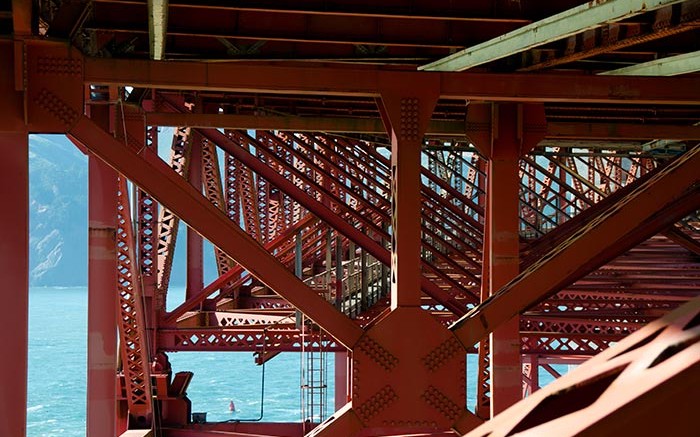The following is an edited report from the Brussels-based World Steel Assosciation entitled Short Range Outlook for 2015 and 2016. For more information, please visit www.worldsteel.org
The World Steel Association forecasts that global apparent steel use will increase by 0.5% to 1,544 megatonnes in 2015 following growth of 0.6% in 2014. In 2016, it is forecast that world steel demand will grow by 1.4%, and reach 1,565 megatonnes.
“We are releasing a restrained growth outlook for the global steel industry, mainly due to the deceleration in China,” Worldsteel economics committee chairman Hans Jurgen Kerkhoff said. “The outlook also reflects the influence of major structural adjustments in most economies, particularly owing to limited investment growth post 2008. As these changes take effect, the steel industry will experience a slower pace of growth. It will focus on operational efficiencies and on the value that steel products generate for customers and society.
“While we continue to face some downside risks coming from some parts of Europe — geopolitical instability, international capital flow volatility and the economic slowdown in China — the impact of these risks has come down. We have also seen some encouraging developments. We hear increasingly positive news from developed economies, especially signs of firming recovery momentum in the eurozone. In the developing and emerging world, we see optimism about India and growth in steel use in some Middle East and North African and Association of Southeast Asian Nations countries. While these developments will not be enough to counterbalance the deceleration of China, we expect to see gradually improving growth prospects beyond 2016,” Kerkhoff added.
It has become apparent is that in some developing economies, steel markets are exhibiting the characteristics of mature markets.
China
Chinese steel demand in 2014 saw negative growth for the first time since 1995, due to the government’s rebalancing efforts, which had a major impact on the real estate market. This situation is likely to remain unchanged in the short term, and Chinese steel use will continue to record negative growth of -0.5% in both 2015 and 2016. In the medium term no strong rebound is expected. Some uncertainty remains regarding the impact of government measures aimed at stabilizing the decelerating economy.
The rebalancing of the Chinese economy is inevitable as China enters its next stage of development, but it will take time. In the short term, it has global consequences for the steel industry in terms of trade flows and possible intensification of trade frictions, resulting from higher steel imports in many economies during 2014.
Oil prices
The sharp decline in oil prices influenced the forecast, though its impact varies between countries. On the one hand, it has a negative impact on steel demand for infrastructure investments financed from oil revenues. On the other hand, it helps business sectors and consumers in oil-importing countries, thus creating better growth prospects. As inflationary pressure is alleviated, further relaxation of monetary policy by the central banks is possible in countries with high inflation, which will eventually strengthen the recovery of underlying real steel use. As economies adjust to lower oil prices, it may reduce demand for steel in some economies in the short term, but should support economic growth and demand for steel in the medium term.
The developed world
The developed world showed a 6.2% growth in steel demand in 2014 on the back of strong U.S. fundamentals and a firming E.U. recovery. However, growth in the developed world is set to moderate in 2015, due partly from the high base effect, but also less favourable steel market environments in the U.S., Japan and South Korea. The E.U.’s recovery, although becoming regionally broader based, is still constrained by weak investment activity and high unemployment. Steel demand in the developed economies will grow by 0.2% in 2015 and 1.8% in 2016.
The developing world
The developing economies (excluding China) posted low growth of 2.3% in 2014, in particular because of the deteriorating Brazilian and Russian steel markets. Growth momentum in the developing economies is expected to stay weak in 2015, however, we expect positive growth in economies such as India, Indonesia, Vietnam and Egypt, where steel markets are developing. Steel demand is expected to grow by 4% in 2016, after growing by 2.4% in 2015.


Be the first to comment on "Metals commentary: Worldsteel predicts slow growth ahead"